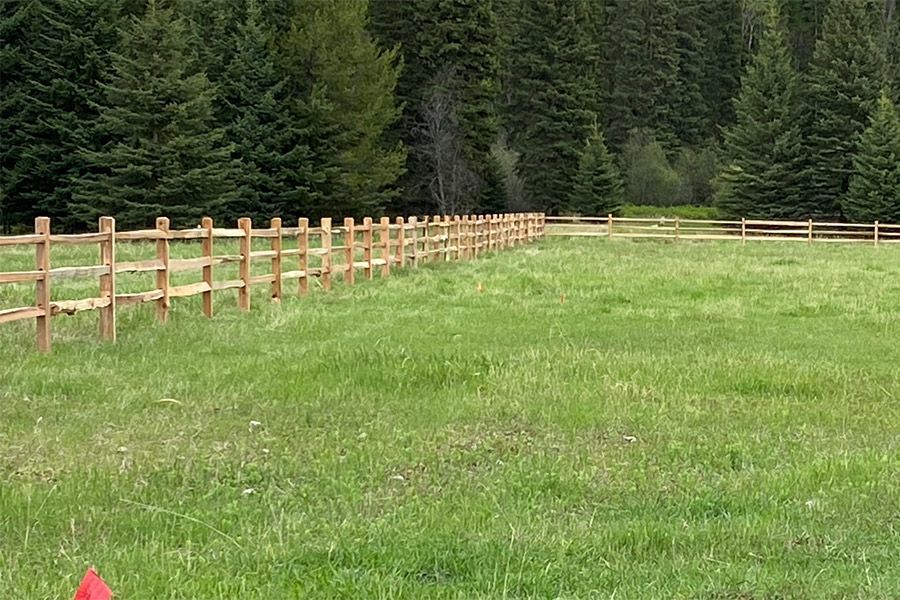Installing continuous panel fencing can be easy—if you steer clear of these common mistakes.
1. Poor Site Preparation
Proper site preparation is essential for a smooth installation. Skipping this step can lead to uneven fencing and long-term issues. Common mistakes include:
- Failing to clear debris and vegetation from the site.
- Not leveling the ground properly before installation.
- Ignoring soil testing to ensure stable post placement.
Tip: Don’t rush the site preparation; a little extra time spent here will save you trouble in the long run.
2. Measurement Errors
Accurate measurements are the foundation of a successful fence installation. Errors here can lead to wasted materials and uneven sections. Key issues include:
- Not measuring the entire perimeter of the fence line.
- Failing to account for gates and access points.
- Misjudging panel spacing or post placement.
Tip: Double-check all measurements and create a detailed plan before starting.
3. Choosing Cheap Materials
Using cheaper materials to cut costs can end up costing more in repairs or replacements. Here are some mistakes to watch out for:
- Using untreated or low-grade metal panels prone to rust.
- Choosing subpar hardware that weakens over time.
- Opting for cheaper finishes that don’t withstand harsh weather.
Tip: Don’t compromise on materials—spend a little more for high-quality options that will last longer.

4. Not Checking Local Fencing Codes
Each region has its own rules and regulations regarding fencing. Overlooking these can result in fines, disputes, or even the need to remove your fence. Common oversights include:
- Failing to check zoning laws and property boundaries.
- Skipping permit applications where required.
- Violating height restrictions or setback requirements.
Tip: Make sure you’re aware of local regulations and get the necessary permits before starting.
5. Best Practices for Installing Continuous Panel Fencing
These tips will help you install your continuous panel fence successfully, avoiding the common pitfalls:
- Plan Ahead: Create a detailed installation plan, including measurements and materials.
- Use the Right Tools: Ensure you have all the necessary tools, such as post-hole diggers, levels, and power drills.
- Work with Professionals: If you’re unsure about any step, consult experienced installers to guide you through the process.
- Inspect as You Go: Monitor your work as you go to avoid errors and make timely corrections.
Conclusion
Installing continuous panel fencing doesn’t have to be a headache. By avoiding these common mistakes and following best practices, you can ensure a fence that is durable, functional, and aesthetically pleasing. Need expert help with your project? Contact Montana Fence for professional advice and installation services.